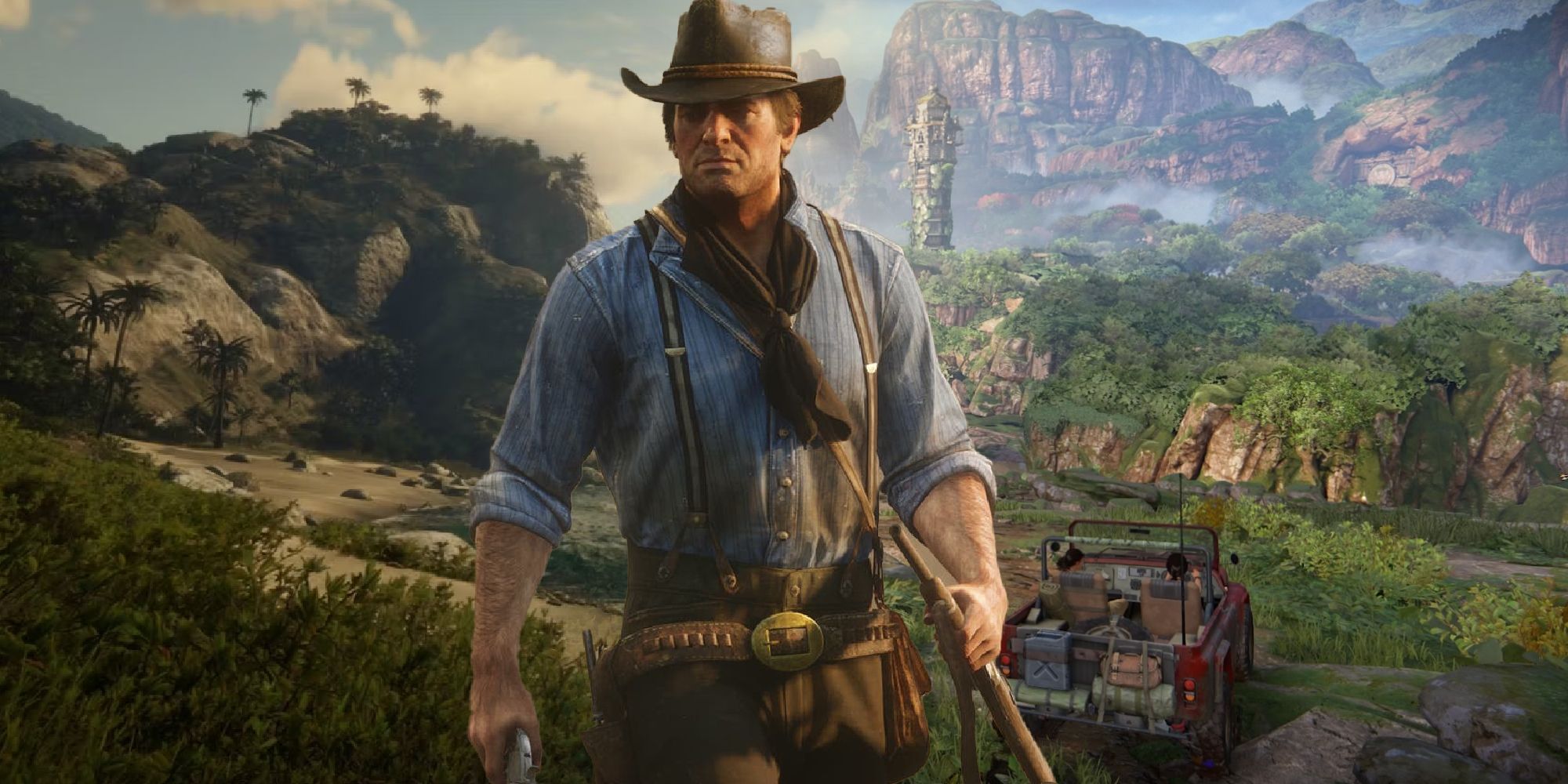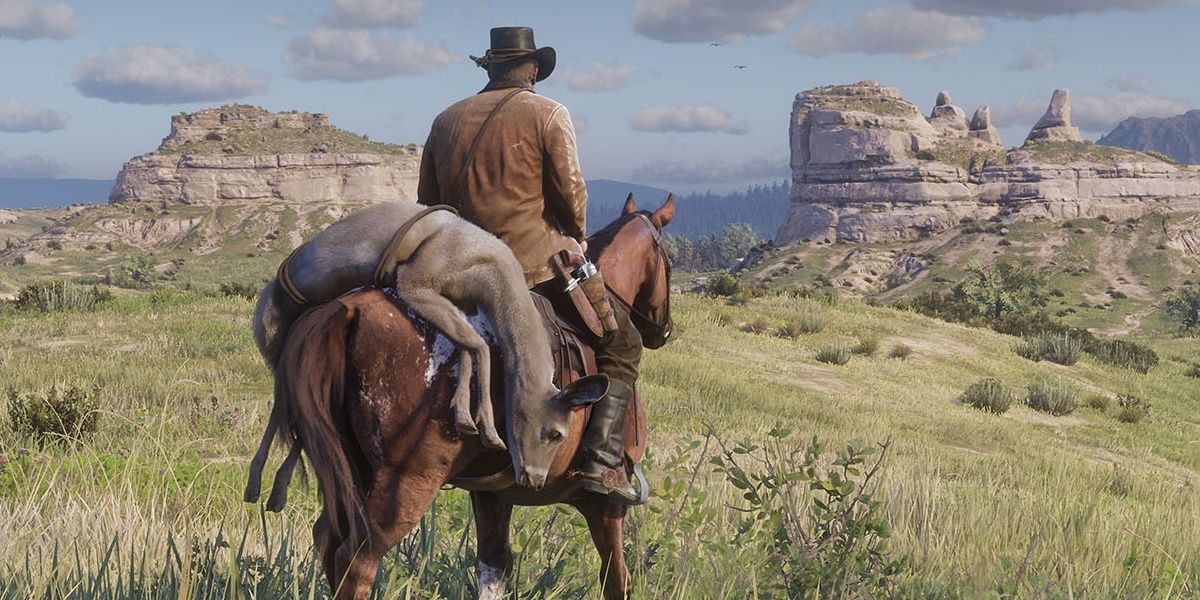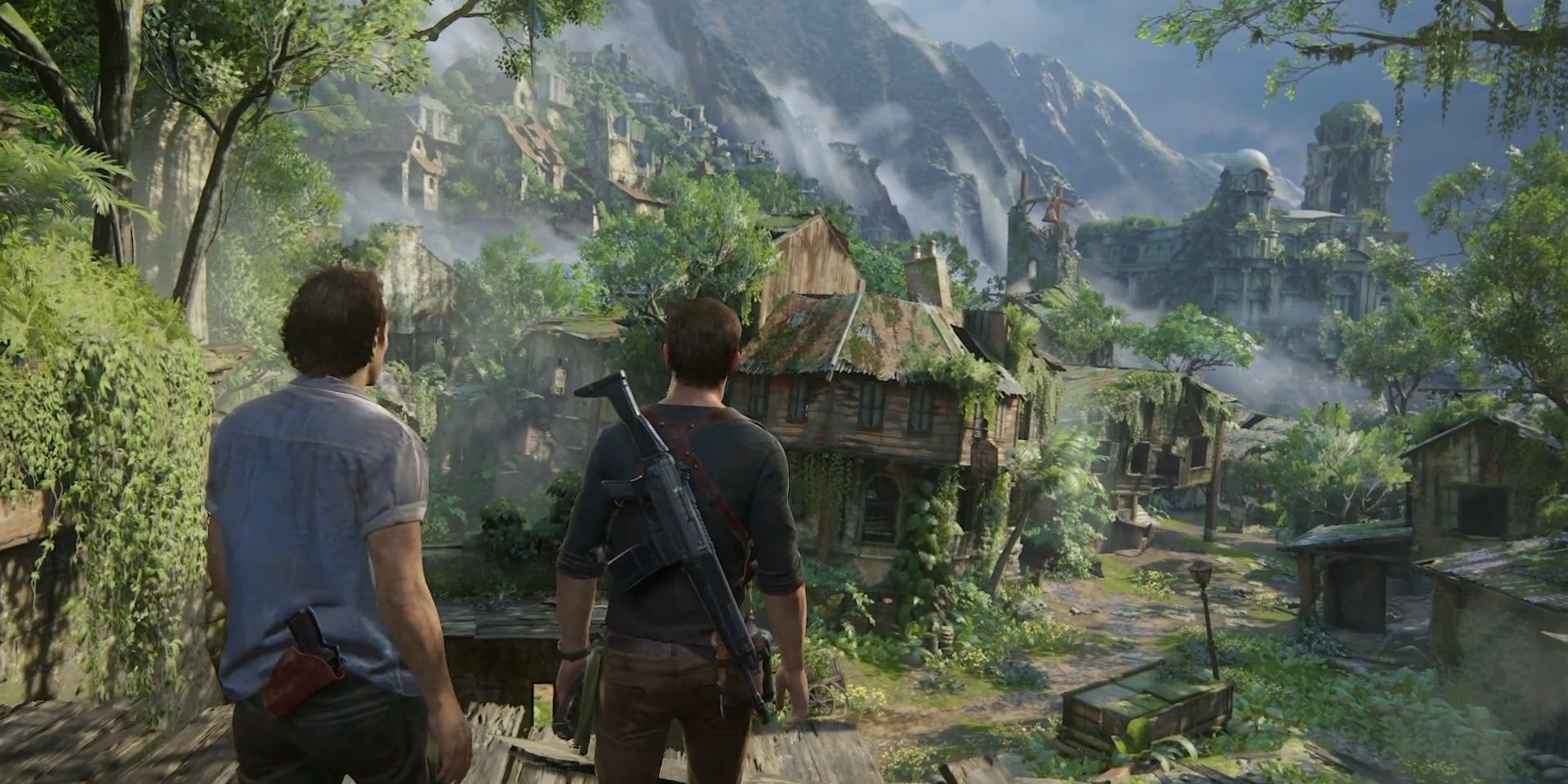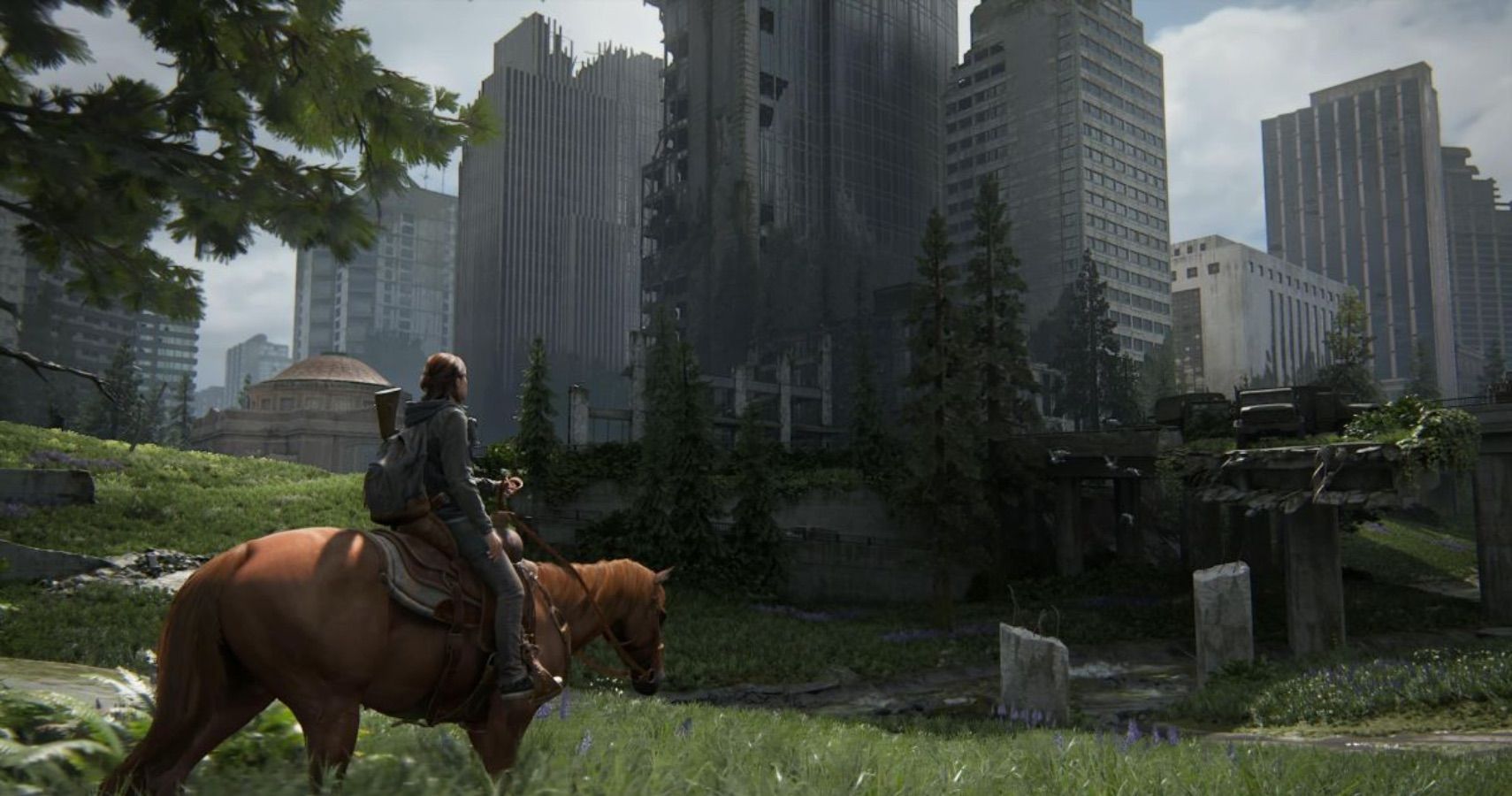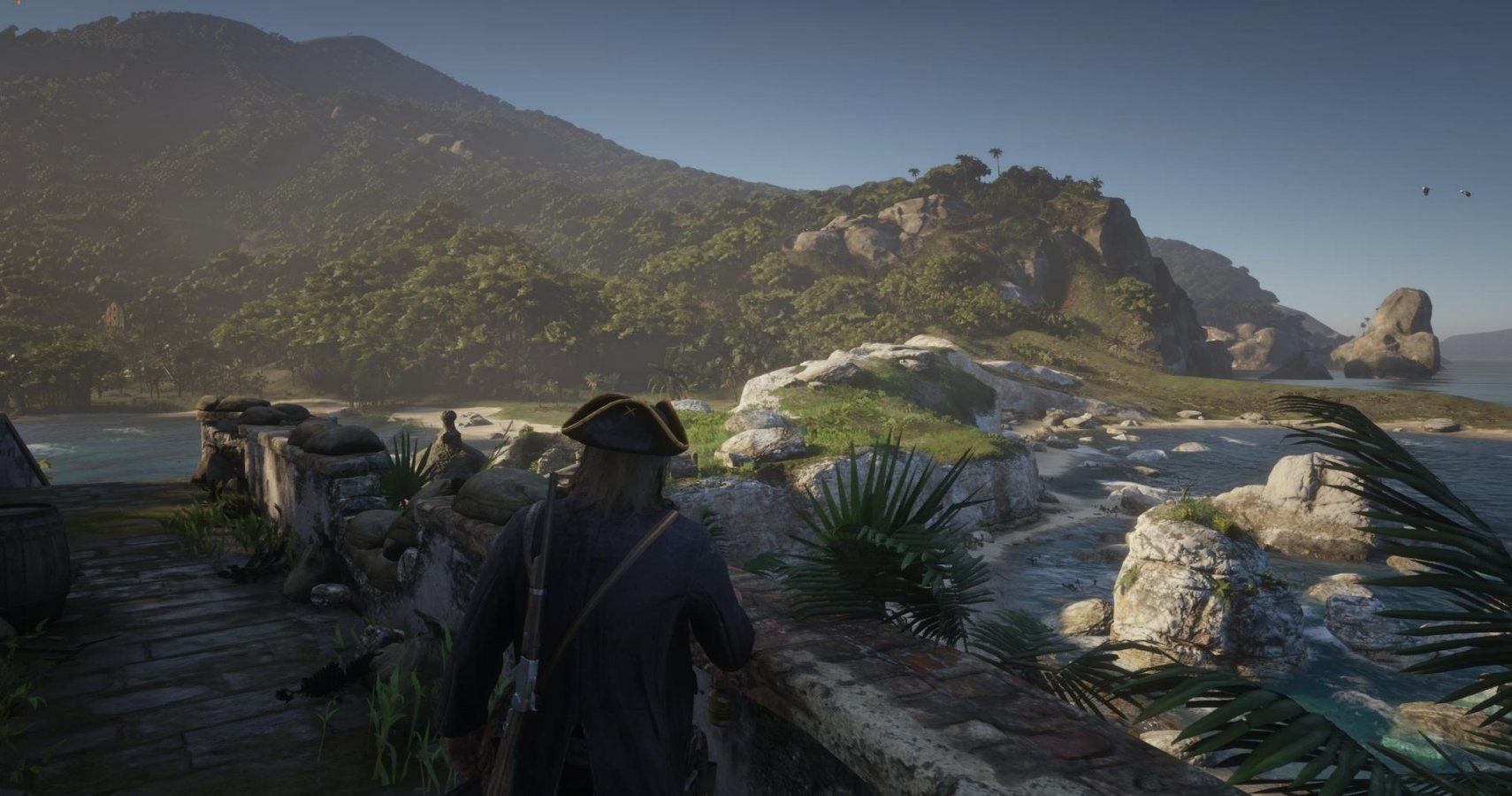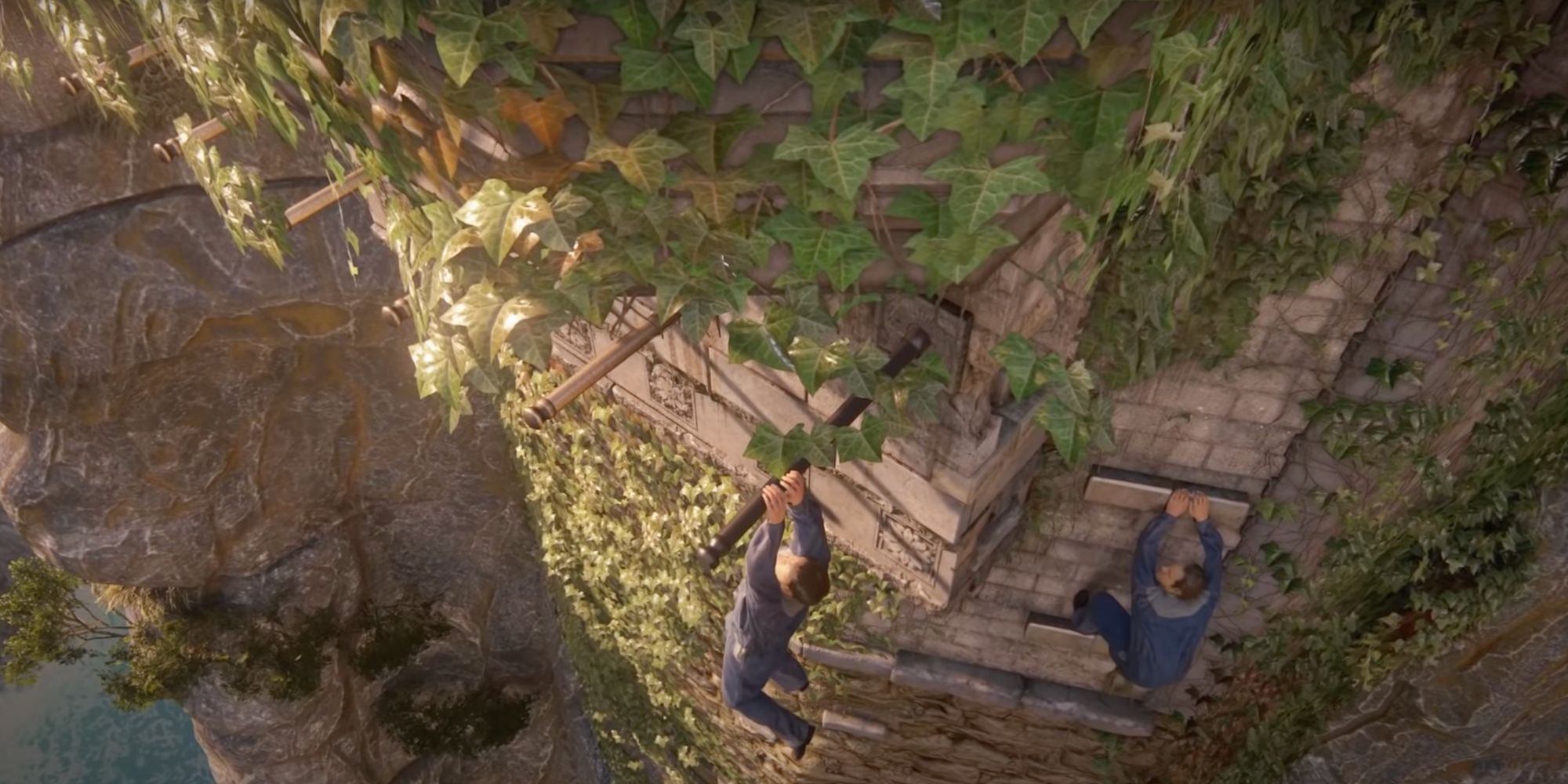“How long does this game go on for?” I think to myself, as I check my progress and see it's hovering just above the 60 percent mark. I had played the original Red Dead Redemption in my mid twenties, on my PS3, and loved it. I’d tried to eke it out, doing all the side quests, treasure maps, and hunting down the legendary animals, but something felt off about the second instalment.
In the original John Marston doesn't feel like a tortoise to control and I happily galloped around the map, through dusty scrub, over wooded meadows, and under moonlight. Marston’s tragic tale didn’t seem to take too much time – but long enough to be elegiac, an important feeling for modern westerns – and there wasn’t too much filler in the main story, apart from, perhaps, the fairly hefty interlude in Mexico.
But its sequel, which is actually a prequel, has me riding long distances, often without a companion to regale me with chatter, to carry out what regularly turn out to be quite menial tasks (planting explosives on a bridge; hauling jars of moonshine off a wagon) in order to get more of the good stuff: the story.
I recognise the work that has gone into Red Dead 2. Frequently, I stop to marvel at the light in this game. Rarely has light looked so good: layered and filtering through the trees; hazy and aglow emanating from lamps in Saint Denis. The ecosystem is also an impressive achievement, bursting with creatures behaving realistically. But so often the craftsmanship that’s gone into the world adds so little downward pressure to the main story that a part of me wants to hurry to the end – just so I can start a second playthrough and play through this other game. The one where I can just wander about and encounter the environmental storytelling that exists parallel to Morgan’s tale.
But RDR2 is no Skyrim. The story Rockstar wants to tell is far more linear than that. It has a very particular arc and specific beats the player must hit. This linearity is represented in missions too. This isn’t GTA 3 where missions can be accomplished in a variety of ways as long as you complete the hit. RDR2 requires players to follow paths that if strayed lead to failure. Sometimes the open world acts against the narrative drive of Red Dead Redemption 2, and I wonder if it would’ve been a better experience had it been a more streamlined and linear affair.
Another big-budget title that tries to tell a cinematic story is the Uncharted series. It’s arguably where Naughty Dog first cemented its narrative-driven action adventure chops. These blockbuster games mimic the action and heroic journey of Steven Spielberg and George Lucas’ Indiana Jones debut, Raiders of the Lost Ark. Uncharted is the gold standard for having seemingly large environments that funnel you towards story, while embedding narrative as a key part of the experience.
The story is that Nathan Drake is seeking treasure or trying to uncover a mystery; the narrative is you–the player–trying to get there. So Uncharted has you clambering cliffs, swinging through ravines, and committing countless acts of murder. It makes you feel part of the story because you’re playing through the narrative without ever diverting from it, enmeshing them together in a tightly focused world, as you get through level sections until more story is delivered via cinematic cutscenes. The seamlessness with which Naughty Dog does this is even more miraculous than it is given credit for.
Where I feel Naughty Dog has lost its way somewhat is when it tries to add open worlds. You can see this in Uncharted 4 and Lost Legacy, and The Last of Us Part 2. In these games’ open world sections, I instantly feel a loss of narrative drive. They occur in TLOU2 when Ellie and Dina get to Seattle and have to look for fuel to open gates, and in the Western Ghats in Lost Legacy and Madagascar in Uncharted 4. The narrative funnel is replaced and now you have to decide for yourself in which order you look for these macguffins.
Some might like this freedom and nonlinearity, and it certainly gives the story a bit of a breather, but it loses what gives these games its propulsion: the fact they’re clearly influenced by cinema. Suddenly, the story takes a backseat while you play through these extended sections as the game becomes more obviously game-y.
Red Dead Redemption 2 suffers from having too large a world filled with too many things needing to be done. It’s almost as if Rockstar made this huge map then realised they needed to fill it with plot points in order to justify it. Some sections of the game highlight the tension. The Guarma chapter – despite feeling somewhat rushed – is one of the more focused chapters, introducing vivid allies and antagonists, in a show of story streamlining precisely because this chapter takes place in a far smaller area.
Some of the Stranger missions are so memorable, such as Jeremiah Compson’s The Iniquities of History, because they use the environment and the narrative of moving around the world so efficiently, packing a lot into a smaller punch. The story arc of RDR2 resembles epic, but even epics can be streamlined for greater impact. Despite Rockstar’s evident expertise in open world creation, the story of the Van der Linde gang would’ve been stronger had it cribbed from the linearity of games like Uncharted.
RDR2 already plays out in 'Chapters' in a similar way to Uncharted, but whereas Uncharted has discrete levels for you to progress through, Rockstar's title loses narrative drive as it has you fulfil countless tasks over a large area. Naughty Dog proved that gaming and storytelling works in a linear scheme, but Rockstar has gone in another direction. Perhaps one can learn from the other?
Just imagine it: discrete areas filled with Rockstar’s knack for detail, and looking even prettier because of the smaller levels. We wouldn't lose that much if each Chapter took place in this more tightly choreographed linear fashion, and would in fact strengthen the impact of the story. Perhaps the endgame would involve unlocking the fuller map, in the same way that previous Final Fantasy titles unlocked a world for you to explore in the later game. Meanwhile, I’m still plodding through RDR2, just waiting for Dutch’s plans to finally go truly shitty, but having to deal with all sorts of minor stuff in order to get the next story hit.

